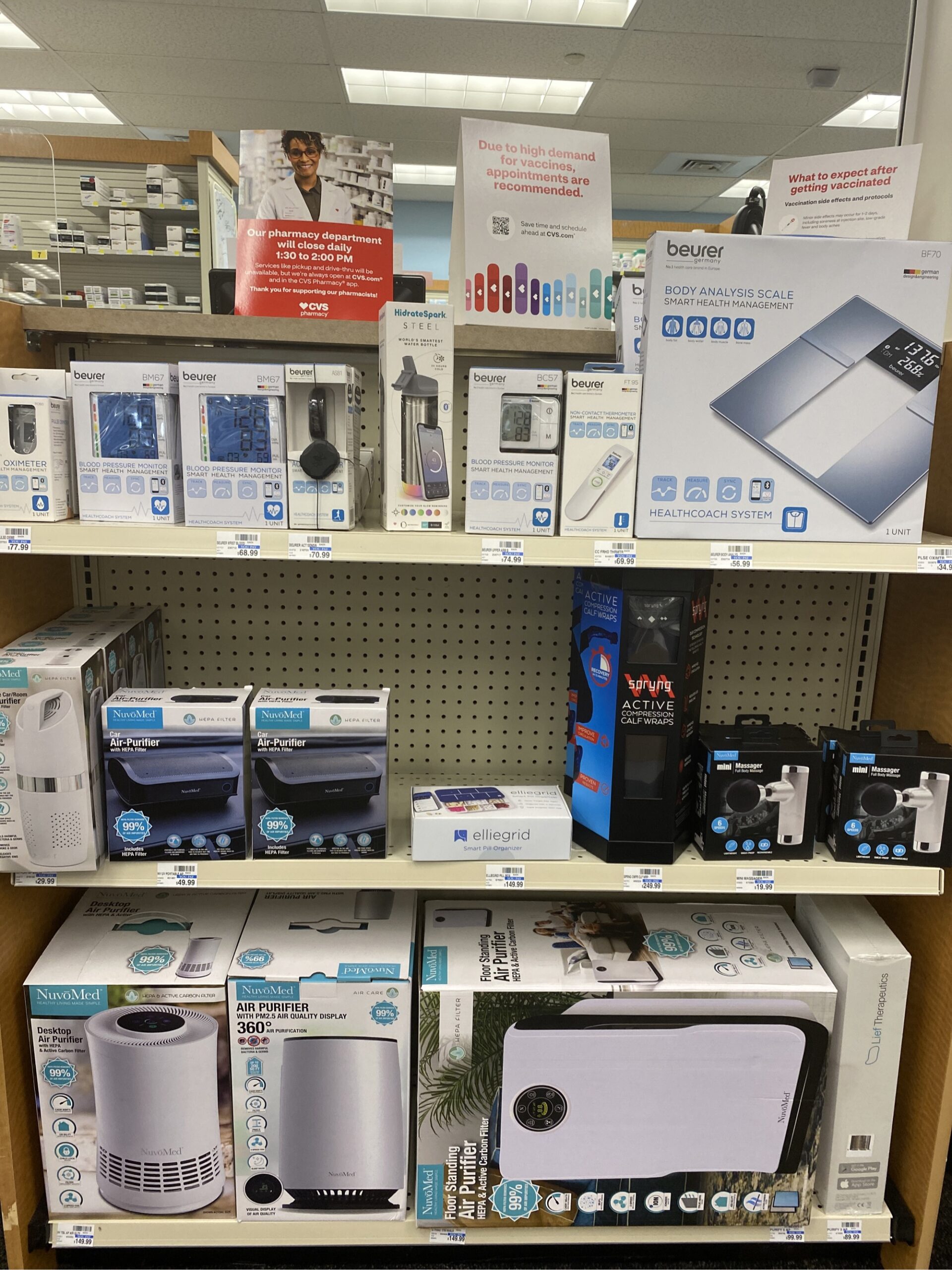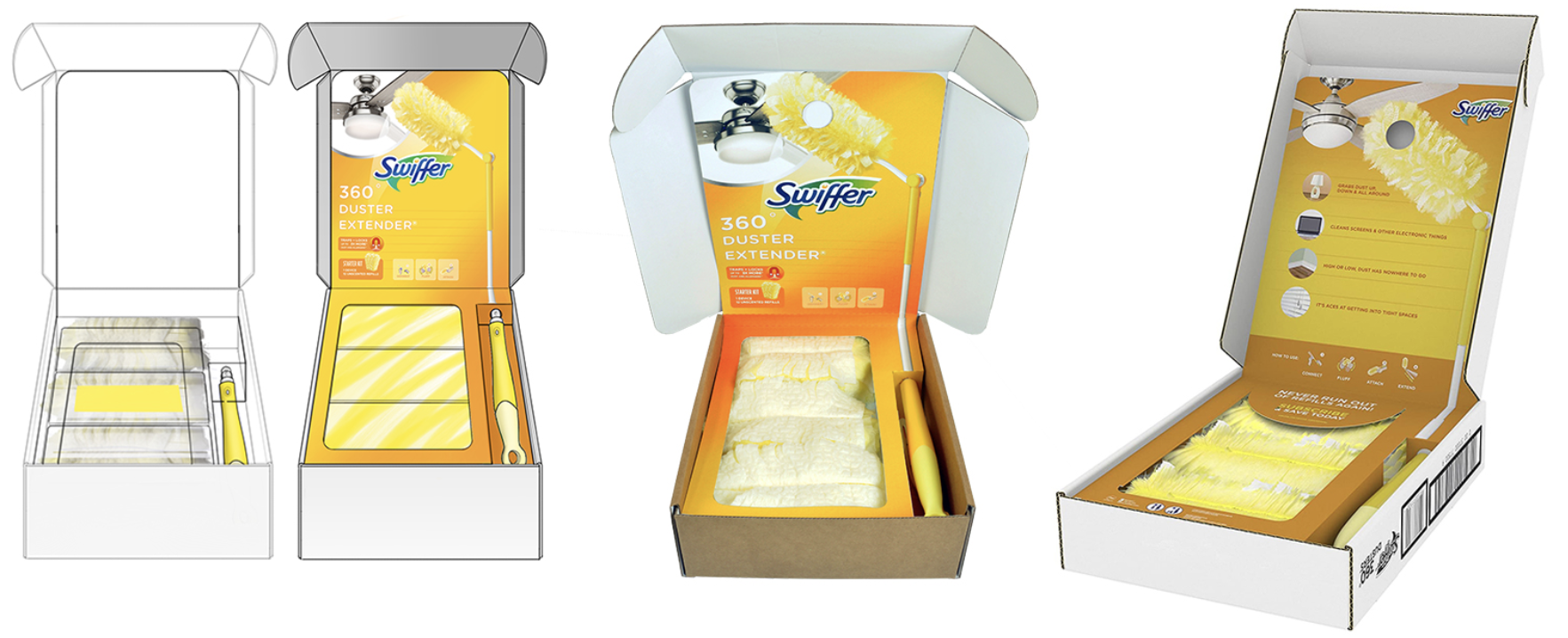New products are the lifeblood of any retail business. They drive sales, generate excitement and keep customers coming back for more. But getting new products to store shelves is no easy feat. It takes careful planning, execution and often a bit of luck.
The new product cycle is the process that new products go through from conception to launch. It includes everything from developing the product and testing it with consumers to making sure it’s available in stores when customers are ready to buy.
Understanding the new product cycle is essential for any retail business that wants to be successful in introducing new products. In this blog post, we’ll take a closer look at how new products make it to store shelves, including key considerations for new product success.
Introducing the new product cycle
The new product cycle is the process that new products go through from the time they are launched until they are removed from retail shelves. The cycle begins when a new product is launched and ends when it is no longer available for purchase. In between, the product goes through a number of stages, including introduction, growth, maturity, and decline. The new product cycle is important to understand because it can help businesses to make decisions about when to launch new products and how to Position them for success.
The new product cycle begins when a new product is launched onto the market. At this stage, the product is new and unknown, and there is little or no customer demand for it. The next stage is growth, during which customer demand starts to increase and the product begins to gain market share. This is followed by the maturity stage, during which the product has reached its peak sales and market share begin to decline. Finally, the product reaches the decline stage, during which sales fall sharply and the product is eventually removed from retail shelves.
Understanding the new product cycle can help businesses to make better decisions about when to launch new products and how to position them for success. For example, launching a new product during the growth phase of the cycle can be a good way to capitalize on increasing customer demand. However, businesses need to be aware that launching too late in the cycle can result in the product failing to gain traction in the market and ultimately being unsuccessful.
How new products are developed
New products are developed through a process of research and experimentation. First, companies identify a need or opportunity in the marketplace. They then conduct focus groups and surveys to learn more about consumer preferences. Next, they develop prototypes of the new product and test them with consumers. Based on feedback from these tests, they refine the product and develop a marketing plan. Finally, they launch the new product onto store shelves. The success of a new product depends on many factors, including its appeal to consumers, its price point, and its ability to compete with existing products. By understanding the needs of the marketplace and developing a well-crafted marketing plan, companies can increase their chances of success when launching new products.
How new products are introduced to the market
When a new product is ready to be introduced to the market, there are a number of different steps that need to be taken in order to ensure its success. First, the product needs to be made available to retailers. This typically involves working with wholesalers or distributors who can get the product onto store shelves. Once the product is available for purchase, it’s important to make sure that customers are aware of its existence. This can be done through advertising and marketing campaigns. Finally, it’s important to track sales and customer feedback in order to assess the success of the new product and make any necessary changes. Introducing a new product is a complex process, but by taking the time to plan and execute each step carefully, businesses can increase their chances of success.
The role of retailers in new product success
The role of retailers in new product success is often underestimated. While it is true that new products need to have strong consumer demand in order to be successful, retailers play a crucial role in getting new products onto store shelves and into the hands of consumers. Retailers are the gatekeepers of new product availability, and they have the power to make or break a new product launch. In order for a new product to be successful, it needs to meet the retailer’s criteria for shelf space and sell-through. Once a new product has been selected by a retailer, it then needs to perform well in-store in order to stay on the shelves. Retailers play a key role in new product success, and companies need to partner with retailers early on in the process to ensure that their new products have the best chance of succeeding.
Key considerations for new product success
When it comes to new product success, there are a few key considerations to keep in mind. First and foremost, you need to make sure that your new product is able to stand out on the retail shelves. In a sea of familiar products, your new offering needs to be able to grab attention and communicate its value quickly and effectively. Beyond that, you also need to ensure that your new product is backed by a strong marketing campaign. Even the most innovative and well-designed products will struggle to find success if they’re not properly promoted. Finally, you need to make sure that your new product is priced competitively. With so many options available to consumers, you need to make sure that your new offering represents a good value proposition. By keeping these considerations in mind, you can give your new product the best chance for success.
Conclusion
New product success depends on a number of factors, including consumer demand, retailer partnerships, and marketing efforts. By understanding the needs of the marketplace and taking the time to plan and execute each step carefully, businesses can increase their chances of success when launching new products.
Looking to launch your product in store but don’t have the time or experience. Contact us at info@retailbound.com and we will be happy to help you.



